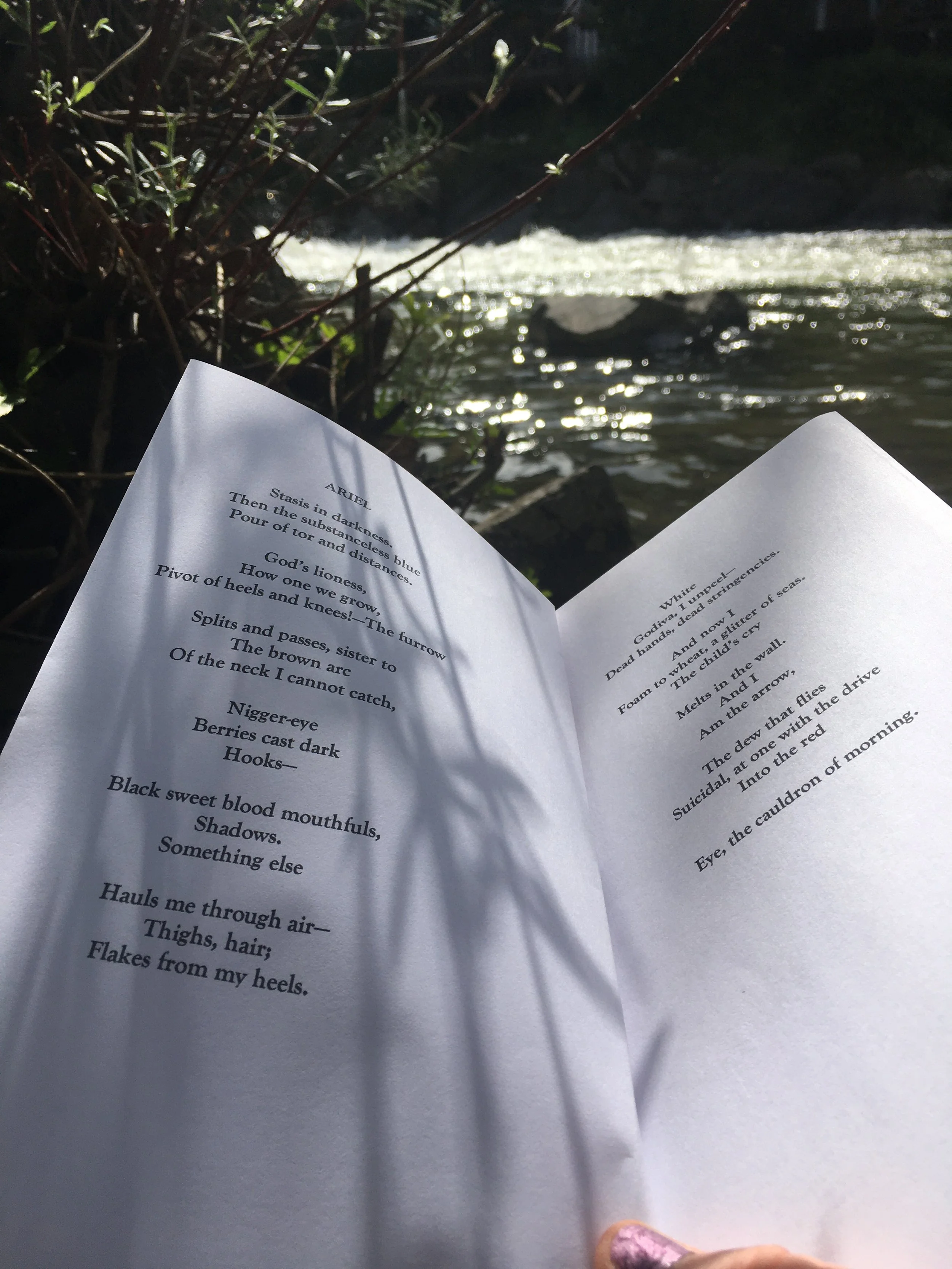(3) I reminded myself that other writers readily confessed to writing awful stuff. Ann Lamott labels it “the shitty first draft.” https://wrd.as.uky.edu/sites/default/files/1-Shitty%20First%20Drafts.pdf
Raymond Carver talked about how his first drafts “are dreadful”; how he regularly went through between 10 and 30 drafts to get a piece of writing right.
http://www.theparisreview.org/interviews/3059/the-art-of-fiction-no-76-raymond-carver
I became increasingly fascinated with the way it was possible, through patient drafting, to turn base metal into… if not gold, then at least something more interesting than base metal.
More than ever before, most of the words I wrote were “wasted” – edited out; revised to the point that they were no longer the same; or seemed so embarrassing that they were hidden in a drawer. I followed a new 80/20 rule: the last 20% of a piece of writing, I told myself, takes up 80% of the time.
These three seemed to offer a key. In addition -
(4) I hunted back through several years’ worth of old, abandoned drafts and experiments from my first few years of writing – I’d been industrious when I first started, burning with enthusiasm, before I realised how awful I was, but I’d kept all my old drafts. I sifted for places where the writing had a touch of sparkle. I didn’t find as much as I’d hoped. But I did surprise myself to see this other person, buzzing with ideas, accumulating reams of material. Had I really, once, been producing so much stuff?
I remembered the deal Julia Cameron urges us to make – Universe, look after the quality; I’ll look after the quantity.
(5) I started using my iPhone to jot down poem / story concepts the moment they sparked, whether memories of my own life, or fiction ideas. Barely a sentence, or a couple of words each time – without saying “oh, I’ll remember that later”. Gradually the list accumulated until I had a large resource of prompts I could go to when it was writing time – just pick the one I fancied most that day, and go.
(6) In a topsy-turvy experiment, I started using a computer for editing, instead of my beloved pen. I found I was tougher when I typed things in presentable black and white, and this seemed to push my writing to its benefit (though with drafting, I still rely on pen and A4 sketchbook, where I want access to first thoughts, as free as possible from the inner critic).
(7) I held my nerve more and shoved first drafts “in a drawer” for longer before tinkering. Maybe not quite the mythical month that some writers argue first drafts should be set aside for. But a couple of weeks, at least. Just to see things genuinely fresh.
(8) And I started a writing journal. A third one, in fact – to my shame, I am a serial journaller, already possessing a traditional diary (where I wrote twice a week), and a reflective learning journal for teaching (once a week). I nattered in my writing journal whenever it suited me. I babbled about: process; how I felt about edits I’d made; potential new edits to try; sequencing and structuring of material for fantasised poem / story collections; news of rejections (boo! hiss!) or acceptances (hooray!); books I’d been reading, plays and films I’d seen; creativity generally; quotes from books that I admired. Etc, etc. Anything that nourished and consoled the process.
That uncreative tumbleweed: it’ll haunt you if you let it.
There is a long list of other things one can try (and many I’ve stuck with) to escape from it – walking, jogging, meditating, eating better food, going to see films, spending more time with other writers, time with loved ones doing anything but writing, experimenting with a drastic new haircut, smashing your fists against rocks (er – hang on – maybe forget about those last two).
In the end I have, I think, settled in a better place in terms of process: I’ve decided that being a writer demands a mingling of doubt and faith that is disconcerting to experience, but one that I can live with for now.
If you don’t doubt your work, don’t interrogate your themes and narratives, worry about your sentences, you may never push your writing enough until it is ready to share publically (if that’s what you want to do – admittedly a big if).
If you don’t have long-term faith in what you are trying to achieve, you will falter at hurdles – when obstacles materialise in the writing, or when rejections appear, or when low confidence risks leading you into the desert.
Maybe, in fact, negotiating the intersection of these two opposing forces – doubt and faith – is the mission of the writer.
In other words, if you spend enough time thinking “it’s not good enough”, it has a chance of becoming “good enough”. It’s the kind of logical and existential paradox that will trigger cycles of crisis and recovery. (May all artists and writers be creatively fruitful in the land of their suffering! Ha!) But the reality is more mundane: one step at a time, what if I cut this word here, or change that one, or add this one? Would it read more strangely, more beautifully, more powerfully? Can I at least have some fun trying?
www.michaelloveday.co.uk




















Winter Solstice Competition Runner-up: Hannah Ray, with You Were Born in a Pandemic